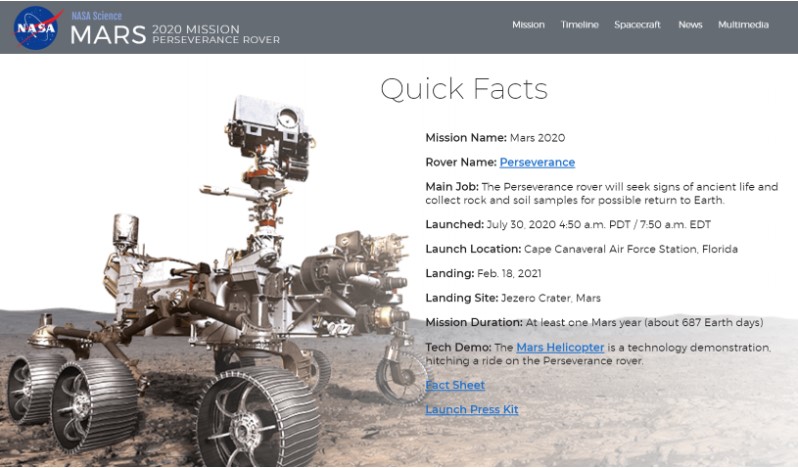As we do, we quickly pounced on the term “fake news,” made it the flavour of the month (actually for several months now), all the while often using it incorrectly. For example: news that you simply don’t like IS NOT fake news. Misquoting someone IS NOT fake news. Announcing the wrong winner for the Best Picture Oscar is, most assuredly, NOT fake news.
“Fake news” properly refers to news articles that blare out sensational headlines which are not supported by the body of the article. “Fake news” also applies to articles that present a single point of view opinion as if it were factual reporting. And it goes without saying “fake news” is what you should call an article based, or composed almost entirely, of made-up facts.
You can find fake news almost exclusively on-line because, on the internet, no one functions as a gatekeeper. No one edits a post except the writer and his cohorts; no one can fact-check anything before it is published; and – because the fake news articles – are always free to share, there is virtually no commercial motivation to do anything other than pander to your loyal audience.
Fake news is easy to spot.
<em><strong>Headline -</strong></em> almost without exception, fake news articles carry sensational screaming headlines dripping with blood and gore, which give credence to whatever bit of information the public is already inclined to believe. This is one of the reasons fake news works so well: it doesn’t spin stories out of thin air – like fiction does. It works with what’s already in the public consciousness.
The thing with the public consciousness is that if it gets something into its head that isn’t reflected in mainstream media or other authoritative sources, it stores the idea in some dark corner somewhere, waiting for something – anything – to pop up and appear to confirm its validity. Think that’s unlikely? Consider jealousy.
If you see your significant other doing something out of the ordinary but not overtly indicative of wrong-doing, your brain hangs on to that thing and tucks it away where it won’t do any obvious harm. When enough of these tidbits have collected, your brain strings them altogether and creates a cohesive – and reasonable sounding – whole.
Here’s a concrete example:
Notice the headline. It’s bold, it’s sensational, and it appeals to those who believe that cheating actually did happen. Of course those who are already predisposed to believing that cheating occurred are gonna click on this headline when it appears in a link on their social feed.
<blockquote>Let’s get something straight. I’m not saying Mr. Tulfo is a propagator of fake news. What I’m saying is that his program was used by some people to MAKE fake news.</blockquote>
<strong><em>The Linked Media -</em></strong> Now check out how long this video is. It’s more than 20 minutes long! Others with similar headlines link to videos that are over an hour-long. The size of the linked media is actually both irrelevant and the most relevant thing about this. It is irrelevant because the headline alone has already sold the story. In a very real sense, it won’t matter what the video actually contains. The mere fact that it exists is enough to extinguish the bullshit-detector in many brains. “There’s a video, so it must be true.”
On the other hand, the length of the video – or written article – is ALSO the most relevant consideration because it’s what makes this con job work. First off, most of these videos are just re-postings of videos by mainstream media. In this case, a recording of a radio broadcast live stream. Other times, they use the footage of an entire presidential speech, and we all know how long winded those are. The easy availability of these clips makes it that much easier to crank out fake news.
Second, the length of the media effectively guards against anyone watching the entire thing. Fake news propagators want people to move on quickly, again because the story has already been sold anyway; and because if they didn’t – if they watched the thing in its entirety – they would see for themselves how misleading the headline was, thus making them more resistant to the click bait.
And third, the length of the video tickles the viewer’s impatience to share this shocking revelation with everyone in his social network. Which brings me to the next element of fake news: Sharing.
<strong><em>Sharing -</em></strong> Fake news live and dies off of social media sharing – virality, in other words. The sensational headline only does half the work in this regard. The other half is carried by the propagator himself. Check this out.
The trick is to pump out this fake news – in our example, a video – to as many channels as you control, whether directly or indirectly. This does two things: to the casual observer, it makes it look like the story has traction, and is therefore believable; to the propagator, it allows the casting of a wider net.
Once the fake news maker has done this, all he has to do is wait.
<strong><em>Waiting -</em></strong> Fake news often takes some time to germinate. It has to trickle through the public consciousness first and this isn’t always instantaneous. But when it finally hits home, and people start organically sharing the fake news, it takes off like a rocket! And when <em>that</em> happens, it is soon no longer the entire video that’s the object of sharing, it’s the headline. And not long after, the headline itself becomes accepted as gospel truth.
When the headline has transitioned from clickbait to “truth,” people who are called out for sharing it have two quick and easy defences: First, “I just shared it;” second, “it says so in the news. <em>Nasa</em> headline <em>pa nga eh!</em>” In both cases, notice the lack of intellectual curiosity. They didn’t try to verify it themselves; these sharers of fake news simply relied on the headline because it “felt” true.
But it IS NOT. Take our example. The headline trumpets as fact that Bautista admitted to cheating. But check out what’s buried deep in the video (which you probably didn’t watch in its entirety before getting to this point in my text):
Bautista DENIED the rumor, AT THE SOURCE. This means that all those tweets you see, loudly proclaiming that Bautista admitted cheating, are simply lies, spawned by fake news.
Interesting, isn’t it?
Clearly, the lesson to be learned here is for people to take the time to read the entire article or watch the entire video before sharing the link. This might seem like a no-brainer, but you’d be surprised at how many people actually share indiscriminately. It all boils down to what you already believe to be true.
Fake news doesn’t force you to accept brand new information – the way anti-fake news crusaders try to do. All it does is play to what you already, in your gut, accept as gospel; all it does is give you something concrete to confirm and attribute that gut feel to.
This is the same mechanic at play in other cases of “duh!” like climate change and that whole vaxxer nonsense. Anti-climactically, it is also the reason why anti-fake news crusades have a very slim chance of winning. For now, the best hope is for social networks to employ more human editors to screen stuff like this. But then again, when they do, they tend to run up against all sorts of freedom of speech arguments, not to mention the specious and disingenuous claim that that these pieces are either just “opinions” or “for entertainment.” Or worse, “alternative facts.”
…
and now you know.



